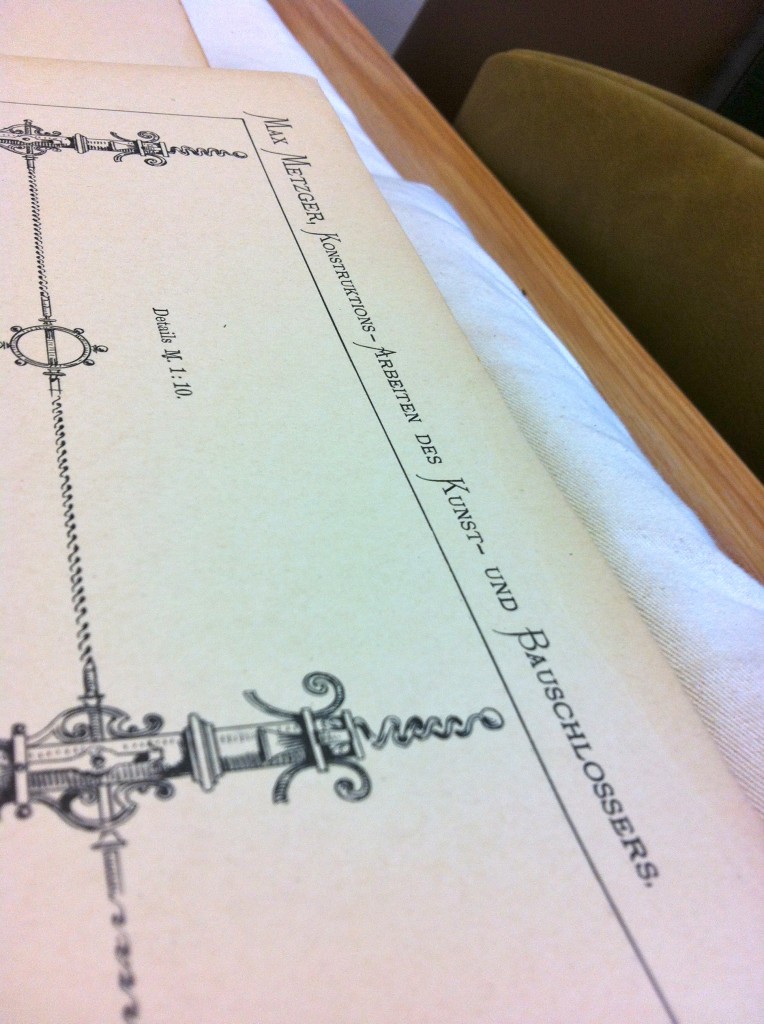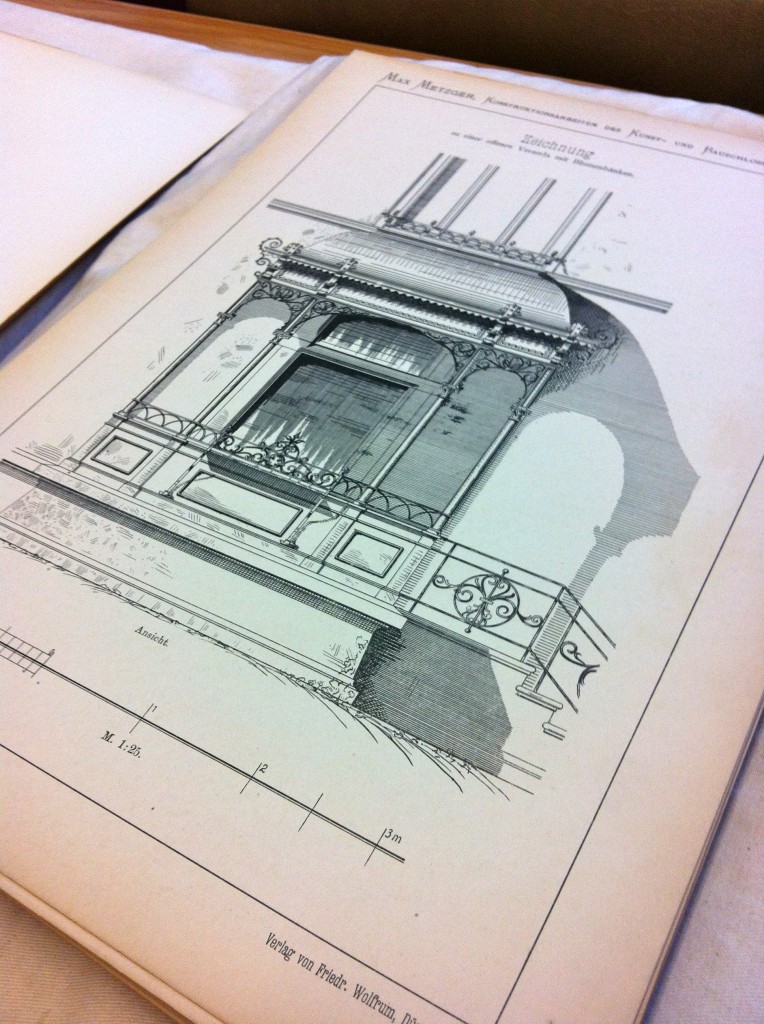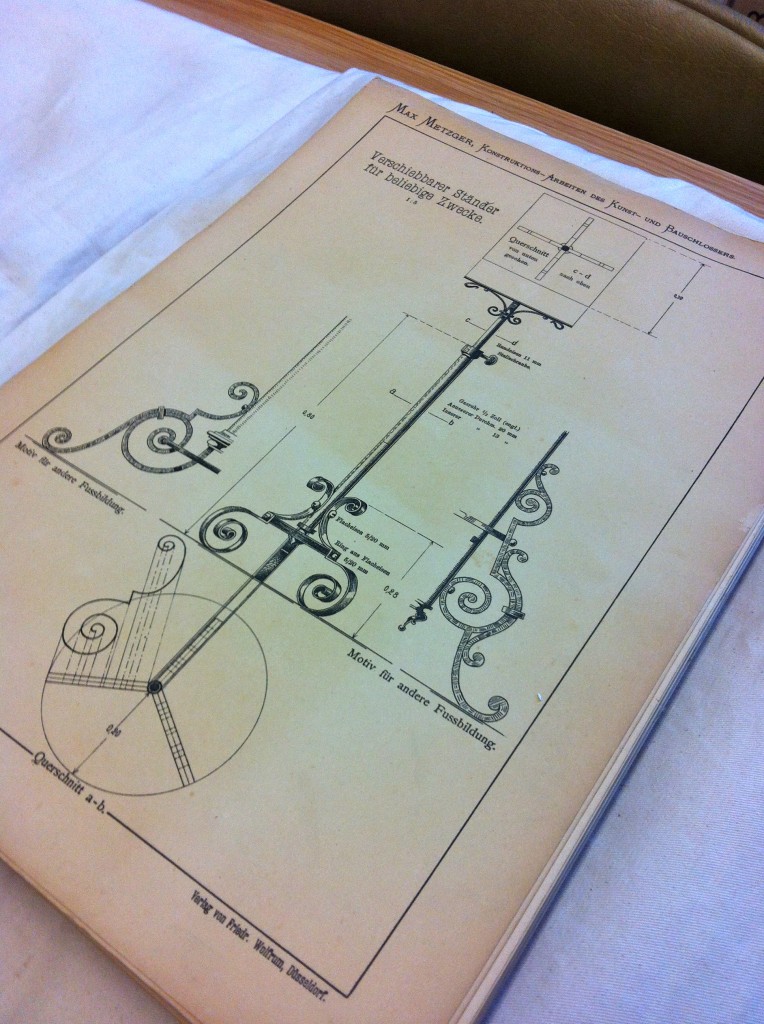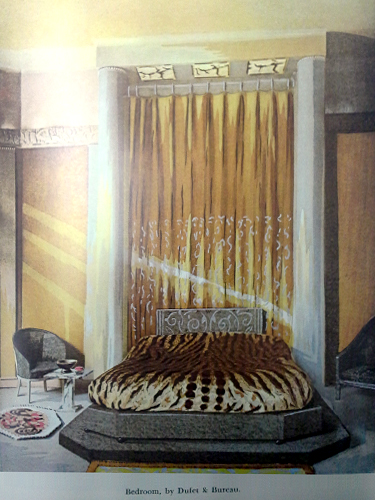Lathrop, Elsie. Historic houses of early America. New York: Tudor Pub. Co., 1941, [c1927].
When I first saw Historic Houses of Early America sitting on the library shelf I didn’t even consider it for a blog post. With such a dry, straightforward title I was expecting plans and diagrams which, although useful for architectural scholarship, don’t often equate to riveting reading. This book, however, proved to be anything but boring! Written by Elsie Lathrop in 1927, Historic Houses was popular enough to enjoy several editions, including this 1941 publication bequeathed to the library by Blake Alexander. With 464 pages and copious illustrations, Historic Houses of Early America is more than your average architectural history book. Not only does the book provide detailed descriptions of some of this country’s earliest dwellings, it contains colorful stories and amusing anecdotes which truly make the homes, and their inhabitants, come alive! So if you’d like to see history through the lens of domestic architecture or if you just want to read some good ghost (!) stories, check out Lathrop’s Historic Houses of Early America.
Library of Congress call number: E 159 L34 1941










